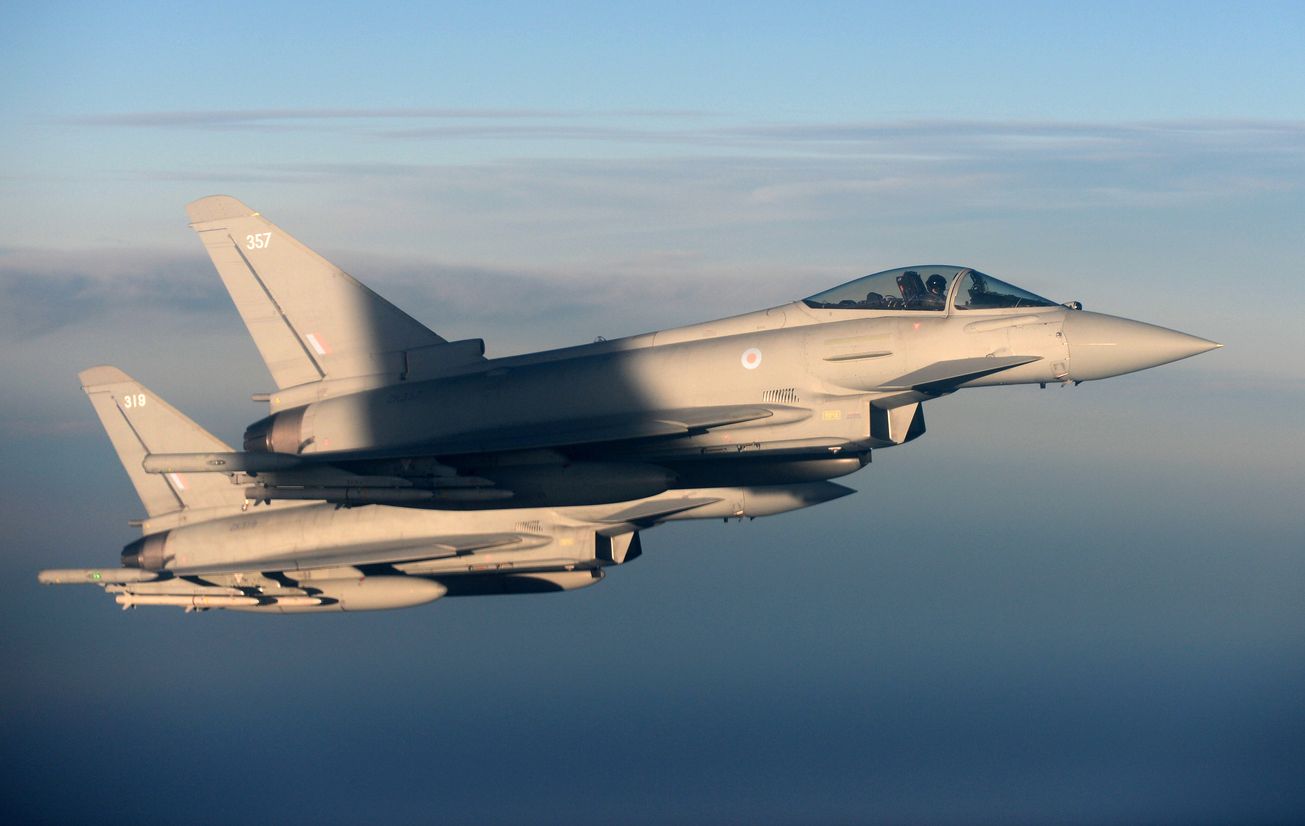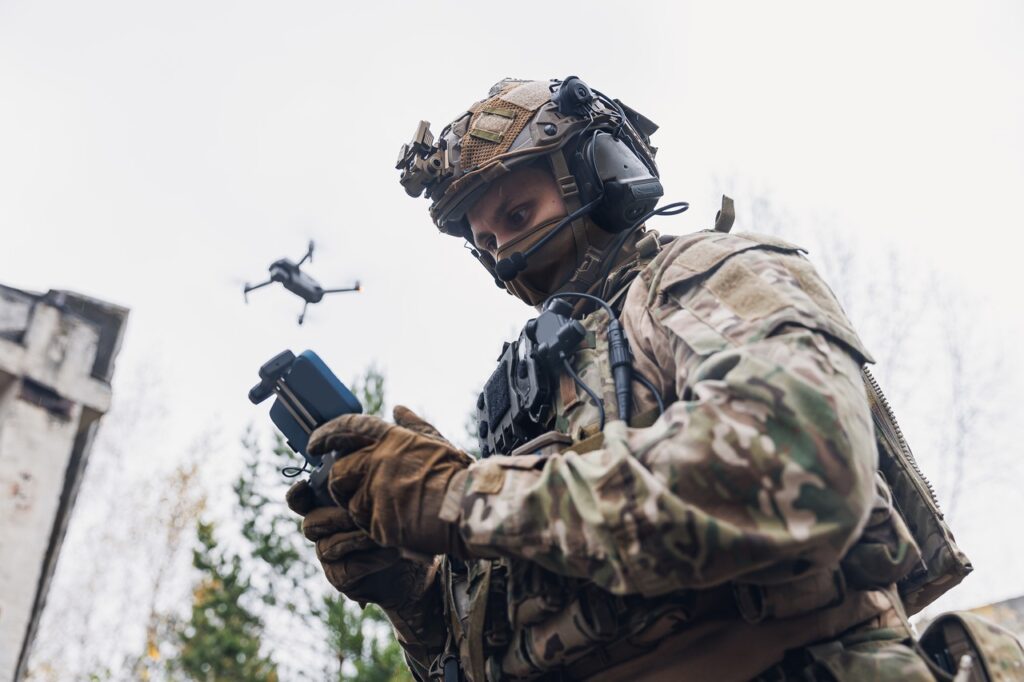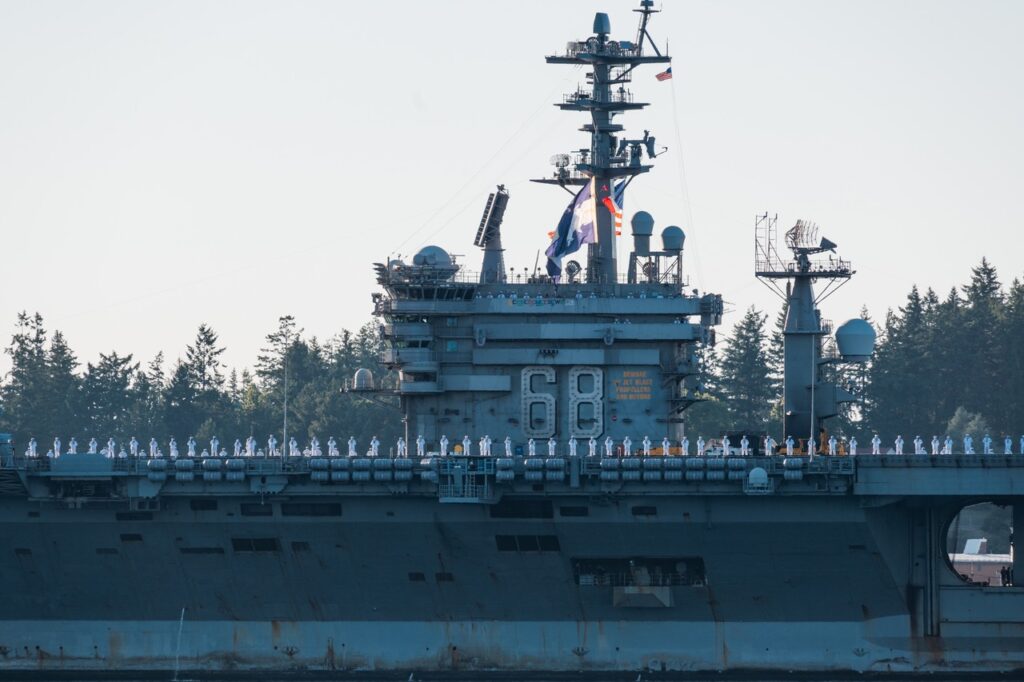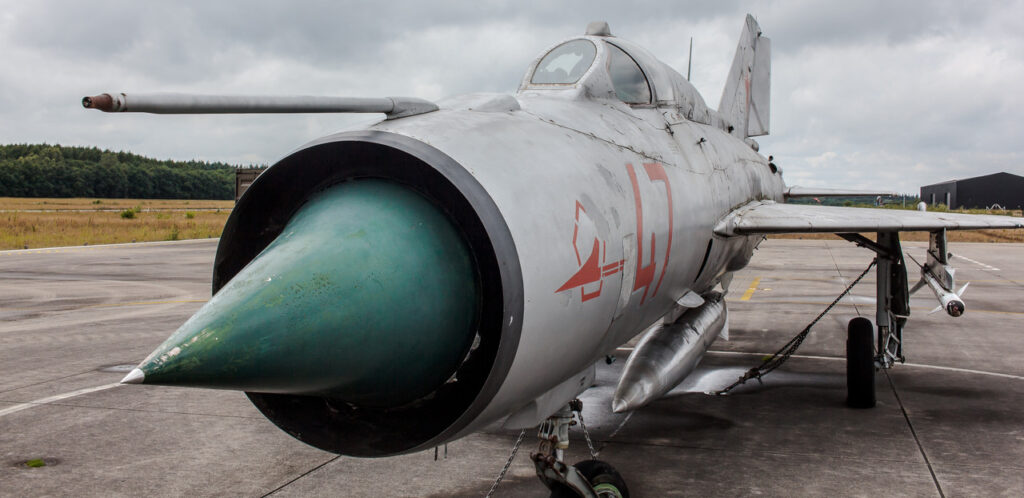
Meet the SEAD Typhoon: Germany’s New Jet Fighter for Europe
Key point: Berlin wants the EU to do more for its own defense. This new jet would be able to better get through enemy air defenses.
Airbus is offering Germany a version of the Typhoon multi-role fighter aircraft that can perform the suppression of enemy air-defenses, or SEAD, mission.
The SEAD Typhoon would be a new variant of the twin-engine plane and would require extensive modification of the basic Typhoon design.
This first appeared in 2019 and is being reposted due to reader interest.
Germany currently operates a significant portion of the dedicated SEAD fleet in Europe. Forty of the Luftwaffe’s 93 Tornado fighter-bombers are electronic combat/reconnaissance, or ECR, variants. The Italian air force possesses 15 Tornado ECRs.
The German air force plans to replace all 85 Tornados with a new fighter starting in the 2020s. Just two designs are in the running for the multi-billion-dollar acquisition: the Typhoon and the F/A-18E/F Super Hornet from American plane-maker Boeing.
Notably, Boeing already builds a SEAD version of the Super Hornet called the EA-18G Growler. The company reportedly is seeking permission from the U.S. State Department to export the Growler to Germany. The State Department in early 2019 cleared the company to offer the EA-18G to Finland.
The German air force will select its new fighter aircraft in early 2020, German minister of defense Annegret Kramp-Karrenbauer announced in late September 2019.
The plane will replace the Luftwaffe’s Tornados and complement the service’s roughly 140 Typhoons. Berlin recently eliminated the Lockheed Martin F-35 stealth fighter from the competition.
Defense News called the move “not altogether surprising.”
Berlin for some time has officially favored an upgraded version of the fourth-generation Eurofighter Typhoon — built by a consortium of Airbus, Leonardo and BAE Systems — as the Tornado replacement. The main argument is to keep European companies involved in building combat aircraft and, perhaps even more importantly, staying clear of disturbing Franco-German momentum in armaments cooperation.
In offering a SEAD version of the Typhoon, Airbus clearly anticipates that Germany will want to preserve its niche defense-suppression capability. Aside from Germany and Italy’s Tornado ECRs, the only dedicated SEAD aircraft in the NATO inventory are the roughly 150 EA-18Gs that Boeing is building for the U.S. Navy.
Australia also operates 11 EA-18Gs alongside 24 F/A-18E/Fs in a mixed fleet that Boeing sees as a model for other potential Super Hornet operators, including Finland and Germany.
Typically, a SEAD aircraft features a two-person crew, radar-detectors, radar-jamming pods and a radar-seeking missile of some type. The SEAD Typhoon is no exception.
“The ECR/SEAD configuration shown by Airbus comprises a pair of escort jammer pods on the underwing stations currently typically used to carry drop tanks, while three 1,000-liter tanks would be carried on the centerline and two inboard underwing pylons,” Jane’s reported.
“These three stations are currently ‘dry,’ and would need to be plumbed to carry fuel tanks. The aircraft is also shown carrying the SPEAR-EW weapon recently showcased by [missile-maker] MBDA as a future SEAD weapons system, wingtip emitter-locator stations and both short- and long-range air-to-air missiles.”
“The ECR/SEAD Eurofighter would ‘almost certainly’ be a twin-seat aircraft with the rear cockpit devoted to operating the complex mission systems,” Jane’s added, citing an Airbus official.
With Russian and Chinese air-defenses proliferating and improving in capability, more countries are considering acquisitions of SEAD aircraft. Beside Germany and Finland, Canada, India and Switzerland also are considering Super Hornet purchases. Boeing reportedly considers the EA-18G a viable add-on for each country.
The U.S. Navy meanwhile wants to buy up to 48 more Growlers in order to boost, from five to as many as 11, the number of SEAD planes in each carrier air wing.
Giving the Typhoon a SEAD role helps the European fighter to compete with the F/A-18. Typhoon users including the United Kingdom, Italy, Spain, Austria, Oman, Saudi Arabia, Kuwait and Qatar.
But there’s still one major capability the Typhoon design lacks. The German air force as part of its commitment to NATO must contribute tactical fighters to the alliance’s plans for “tactical” nuclear warfare. Under the NATO scheme, fighters from across the alliance would drop American nuclear bombs.
The Tornado is compatible with nukes but neither the F/A-18E/F nor the Typhoon can carry atomic weapons. German officials have asked Airbus and Boeing to explain how they would add nuclear capability to their fighters so that the Luftwaffe can continue to honor its atomic obligation to the trans-Atlantic alliance.
David Axe serves as Defense Editor of the National Interest. He is the author of the graphic novels War Fix, War Is Boring and Machete Squad. This first appeared in 2019 and is being reposted due to reader interest.
Image: Reuters


